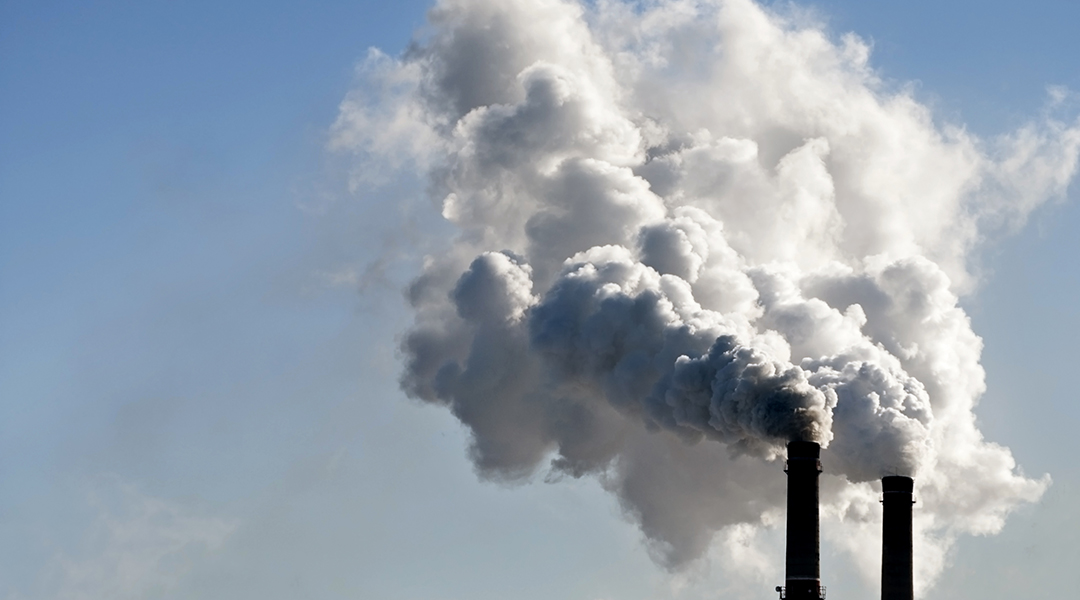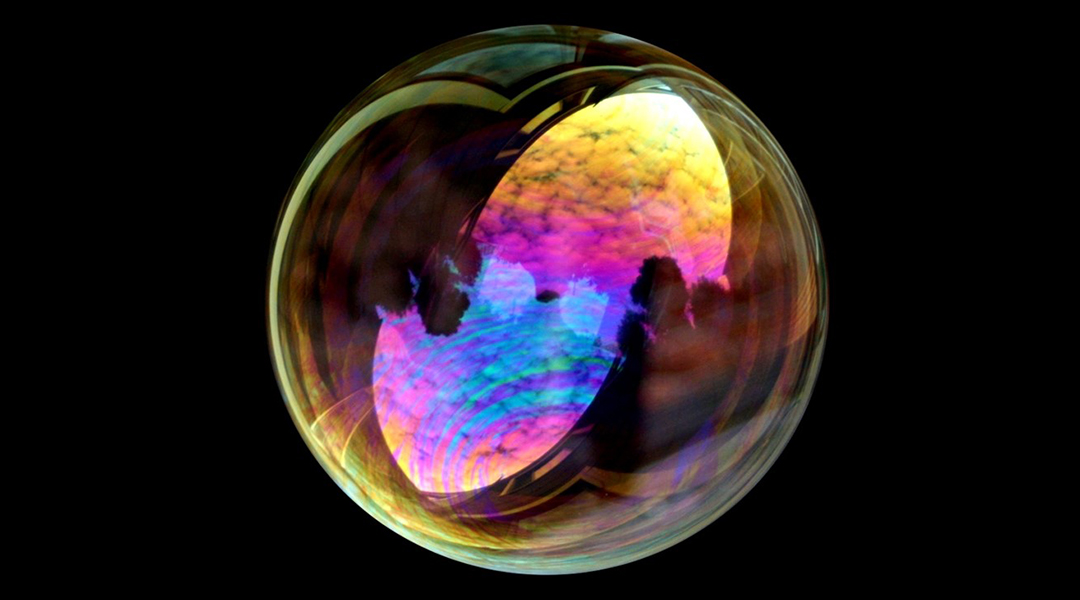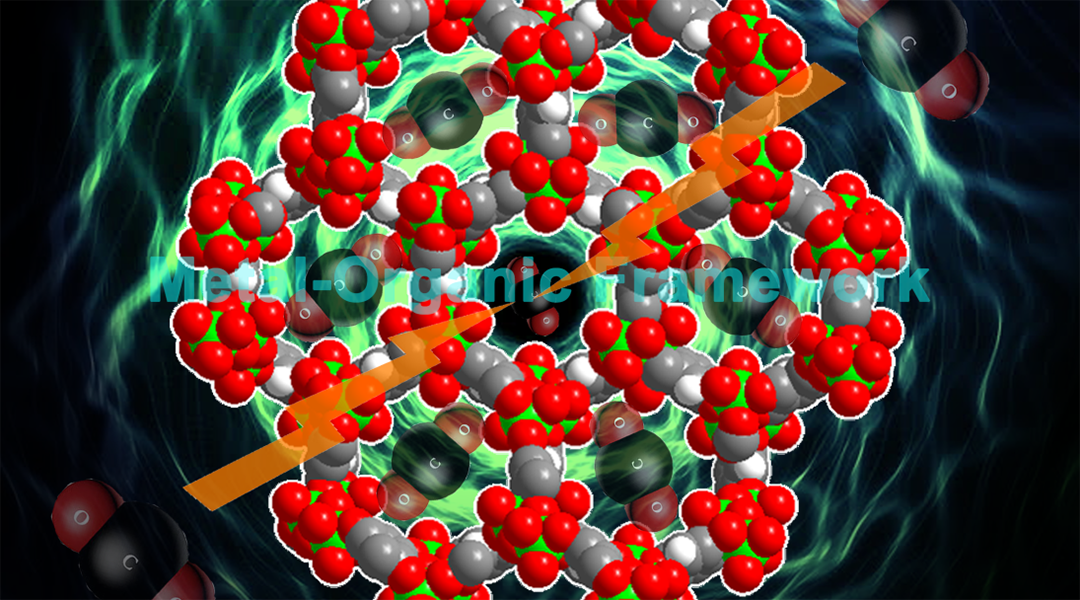An innovative new material called CALF-20 has found success in an industrial pilot-scale carbon capture project.


An innovative new material called CALF-20 has found success in an industrial pilot-scale carbon capture project.

A new constellation of satellites promises to be a “game changer” in monitoring anthropogenic emissions on a global scale.

Understanding how bubbles form is vital to both producers and consumers of the world’s most popular alcoholic beverage.

A new model helped researchers create a “nanotube color atlas”, which they use to predict the specific colors of 466 different single‐wall carbon nanotubes, revealing a broad spectrum of potentially achievable colors.

The amount of carbon dioxide produced by industrial point sources is far larger than the current demand for carbon capture and utilization.

Researchers have created a high performance and selective activated carbon from the dairy industry’s excess milk for scalable carbon capture.

Data shows we don’t need to be as concerned about large methane releases from large carbon reservoirs in response to future warming; we should be more concerned about methane released from human activities.

MOF‐based carbon dioxide capture urgently needs evaluation of engineering and process design to meet industrial standards.

Idaho National Laboratory researchers design a 3D ultraporous ceramic framework as an anode for high-performance direct carbon fuel cells. below 600 °C. The cell can be operated efficiently at temperatures under 600 °C using solid carbon as fuel.

Researchers have proven that concentrated light, heat and high pressures can drive the one-step conversion of CO2 and water into liquid hydrocarbon fuels.